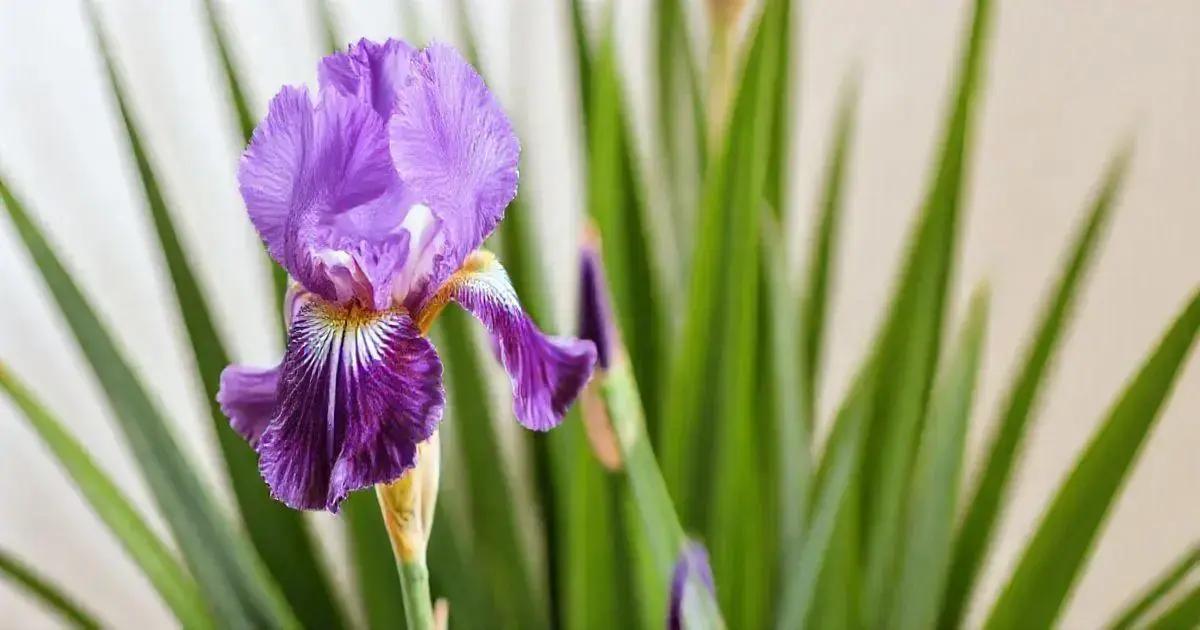How to Care for an Iris Plant: 5 Essential Tips for Thriving Blooms
How to care for an iris plant can seem daunting at first, but with the right approach, it’s a rewarding experience. Discovering how to cultivate vibrant blooms and robust foliage enhances not just your garden but also your gardening skills. As we explore what’s essential for iris plants, you’ll understand how to create the perfect environment for their growth.
Table of Contents
ToggleUnderstanding iris plant sunlight needs
Understanding iris plant sunlight needs is essential for ensuring healthy growth and vibrant blooms. Iris plants thrive when they receive adequate sunlight, which significantly contributes to their overall health.
Ideal sunlight conditions for iris plants
- Full sun: Iris plants typically prefer 6-8 hours of direct sunlight each day.
- Partial shade: Some varieties can tolerate light shade, particularly in hotter climates.
Factors influencing sunlight needs
- Climate: In cooler regions, more sunlight exposure promotes growth.
- Soil quality and moisture: Well-drained soil with good moisture retention can affect how much sunlight is necessary.
- Variety type: Bearded irises usually require more sunlight compared to Siberian irises, which can tolerate partial shade.
Effects of insufficient sunlight
- Poor blooming: Less sunlight can lead to fewer flowers and smaller blooms.
- Weak foliage: Plants may exhibit stunted growth and weak stems.
- Increased pests and diseases: Insufficient light can contribute to vulnerability to pests.
Adjusting sunlight exposure
If your iris plants are not thriving, consider the following:
- Relocating the plants to a sunnier spot in your garden.
- Pruning surrounding plants to reduce shade.
- If growing indoors, ensure they’re placed near a south-facing window or use grow lights.
To dive deeper into caring for your iris plants, you can check out this exploring indoor gardening techniques. This guide covers various factors you should know to keep your plants thriving.
Meta description: Discover essential tips for understanding iris plant sunlight needs to ensure vibrant blooms and overall plant health.
Effective watering techniques for iris plants

Effective watering techniques for iris plants are crucial for their health and growth. Proper watering ensures that iris plants flourish and produce stunning blooms.
Understanding iris watering needs
- Iris plants prefer well-drained soil to prevent root rot.
- They generally require about 1 inch of water per week, either from rainfall or irrigation.
Best watering practices
- Water deeply: Apply water directly to the root zone rather than just surface watering. This encourages deep root growth.
- Water in the morning: Early watering allows excess moisture to evaporate, reducing the risk of diseases.
- Monitor for signs of drought: If leaves appear wilting or yellowing, it may indicate a need for more water.
Watering during different seasons
The watering frequency varies based on the season:
- Spring and summer: During the active growing season, maintain consistent moisture.
- Fall: Gradually reduce watering as the plants prepare for dormancy.
- Winter: Usually, no watering is necessary unless in a dry climate.
Common watering mistakes
- Overwatering: Saturated soil can lead to root rot and other diseases.
- Inconsistent watering: Infrequent watering can stress the plants and affect blooming.
To explore additional watering guides and techniques, you can check this exploring indoor gardening techniques. This resource can help ensure your iris plants thrive throughout the growing season.
Meta description: Master effective watering techniques for iris plants to ensure healthy growth and beautiful blooms. Explore essential tips and practices.
Best fertilizers for healthy iris growth
Best fertilizers for healthy iris growth play a pivotal role in cultivating stunning blooms and vigorous plants. Choosing the right fertilizer ensures that your iris plants receive essential nutrients for optimal growth and flowering.
Nutrient requirements for iris plants
- High phosphorus content: Essential for root development and flowering.
- Moderate nitrogen levels: Promotes lush foliage without excessive leaf growth.
- Potassium for overall health: Helps improve disease resistance and flower quality.
Top fertilizers for iris plants
- Granular fertilizer: A balanced N-P-K (Nitrogen-Phosphorus-Potassium) formulation, such as 10-10-10, is ideal for general use.
- Bone meal: High in phosphorus, it encourages strong root growth when mixed into the soil during planting.
- Slow-release fertilizers: Products designed for perennials help maintain consistent nutrient availability throughout the growing season.
Application tips for fertilizers
Follow these best practices when applying fertilizers:
- Apply in early spring: Fertilize as the growing season begins to kickstart growth.
- Water after application: Ensure nutrients penetrate the soil for better uptake.
- Avoid over-fertilizing: Excessive nutrients can lead to salt buildup and damage the plants.
Signs of nutrient deficiencies
Be mindful of indications that your iris plants may need more nutrients:
- Yellowing leaves: Often a sign of nitrogen deficiency.
- Stunted growth: Indicates possible nutrient shortages.
- Poor blooming: Insufficient phosphorus can lead to fewer flowers.
To further enhance your knowledge of fertilization, consider exploring indoor gardening techniques that can enrich your gardening practices.
Meta description: Learn about the best fertilizers for healthy iris growth to ensure vibrant blooms and thriving plants throughout the growing season.
In conclusion
Caring for iris plants requires attention to various factors that contribute to their overall health and beauty. By understanding their sunlight needs, employing effective watering techniques, and using the best fertilizers, you can ensure your irises thrive and bloom beautifully. Remember that proper care not only enhances the aesthetics of your garden but also promotes resilience against pests and diseases. For more tips on enhancing your indoor garden, visit tips on enhancing your indoor garden.

